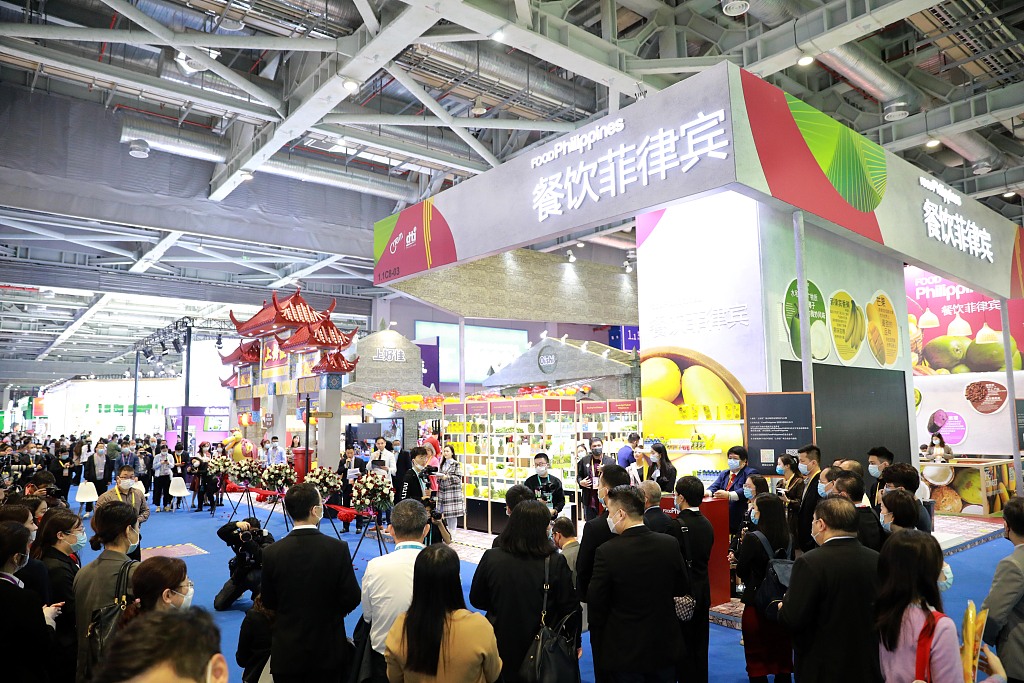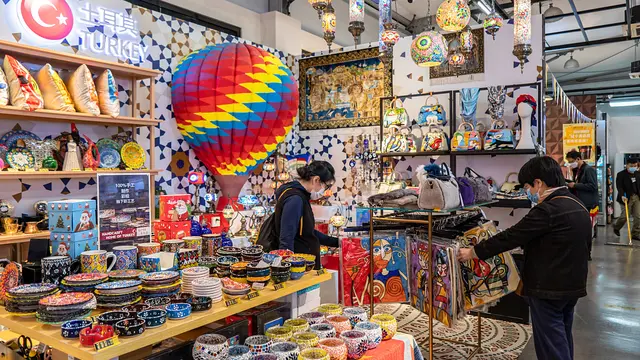Held as scheduled for four consecutive years, the China International Import Expo (CIIE) has become a window for observing the trend of China's opening up. It fully embodies China's consistent attitude of supporting the multilateral trading system and globalization, and vividly sends a positive signal to oppose protectionism and to maintain an open world economy.
With the coronavirus continuing to spread, the world economic recovery has a bumpy road ahead.
Restrictive measures and border closures triggered by the COVID-19 pandemic have had a catastrophic impact on global trade. In particular, many developing countries are facing more severe challenges than the developed due to their fragile economic structure, deep dependence on the export of primary products, and lack of resilience and vitality for economic recovery.
In this context, the ongoing 4th CIIE not only demonstrates China's determination to continue to open its market to the rest of the world, but also shows China's goodwill gesture to share its achievements and provide equal opportunities for exhibitors from other developing countries to compete on the same stage with those from the developed world. Starting from the first CIIE, China has held a number of special supply-demand matchmaking fairs and provided two free standard booths for exhibitors from the least developed countries
As many developing economies lie at the middle and low end of the global value chain and have limited access to major global markets, they have urgent needs to expand new markets and find new economic drivers especially during the current de-globalization and trade-protectionism trends.
The CIIE provides these countries with tangible export markets and employment opportunities, stimulates their integration into the process of economic globalization, and enhances the spillover effect of international trade.
China has the world's largest consumer market, including a middle-income group exceeding 400 million, and the consumption upgrading is accelerating. The CIIE serves as a mutually beneficial platform and helps business people from many developing countries to find opportunities in China.

The Philiphine food booth at the 4th CIIE in Shanghai, China, November 6, 2021. /VCG
Many of the products displayed at the CIIE in the previous three years have successfully entered the shopping carts of Chinese consumers. Based on the existing practices, the enterprises continue to make efforts at the 4th CIIE to bring in marketable commodities, and design products and services to the Chinese market.
The CIIE is not only a trade fair but a precious channel to exchange culture and ideas. Developing countries have deeply felt China's sincere willingness to share the dividends of globalization and promote global inclusive growth.
In the first three quarters of 2021, China's GDP grew by 9.8 percent year on year. Compared with the rest of the world, China successfully balanced the COVID-19 pandemic prevention and economic recovery. At the same time, most of the developing countries are still facing severe threats. Where is their future? Can China's successful experiences be replicable and how? These critical questions need to be answered.
In this context, the CIIE has served as a platform of mutual learning, which also provides public services including international procurement, investment promotion and cultural exchanges. In addition to selling products and looking for business opportunities, exhibitors from developing countries will have a better understanding of the direction of development through communications and learning with their suppliers, consumers and competitors.
Given China's huge consumer demand, the CIIE has attracted not only large companies from North America and Europe, but also small- and medium-sized ones from developing countries, for the latter of which participating in the exhibition is a learning process allowing them to understand the needs of Chinese consumers, improve product quality and enhance their competitiveness.
(CGTN)
 简体中文
简体中文

